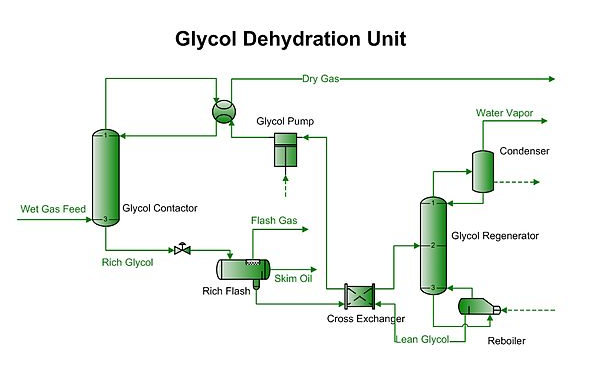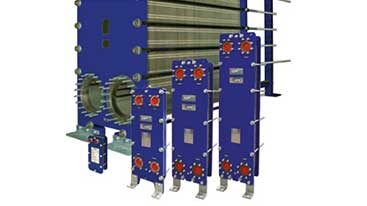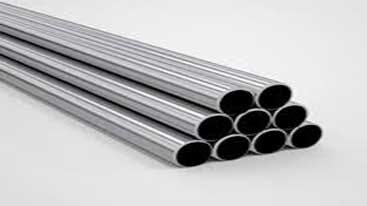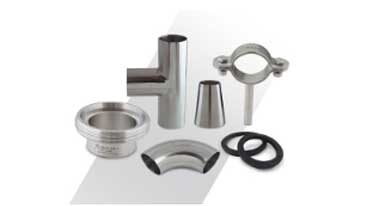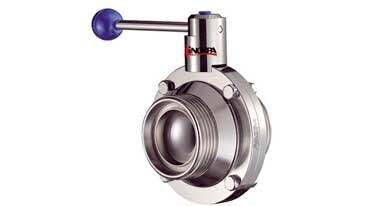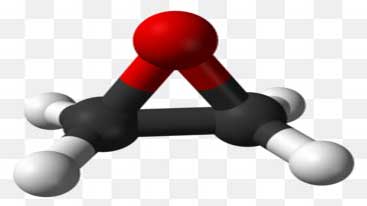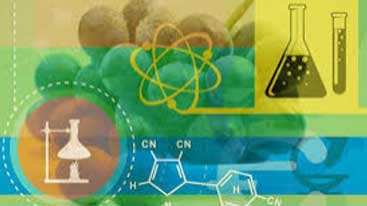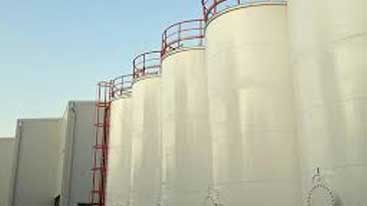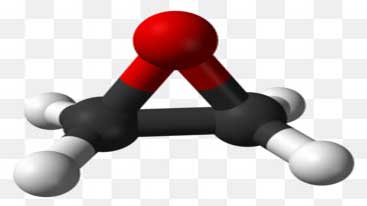Glycol Dehydration
During the dehydration process, small molecules combine and form larger molecules and water is released during this time. The purpose of glycol dehydration is to separate water in natural gas, natural gas liquids in industry. Water separation from NGL fluids with glycol dehydration is the most common and economical method used in the industry.
Stainless Steel Connection Equipment
Glycol dehydration is the process of removing moisture and water vapor in gas fluids. It is generally used when the moisture content of gas in pipelines needs to be reduced. It is a necessary step during the transportation and processing of gas, especially in the natural gas and oil industries. Glycol dehydration is usually done with a variety such as triethylene glycol (TEG).
Stages of glycol dehydration
The glycol dehydration process includes these steps:
- Cooling and Pressure Reduction: The gas containing moisture is first cooled and the pressure is reduced. This allows the water vapor to condense and the glycol to absorb water more effectively.
- Contact Column: Cooled and reduced pressure gas is sent to a contact column. In this column, the gas comes into contact with the TEG solution. The TEG absorbs water from the gas, and when the solution is saturated with water, water vapor is absorbed from the gas.
- Glycol Regeneration: TEG is subjected to regeneration to remove the water vapor it absorbs and prepare for reuse. This process usually involves heating and applying vacuum. Heating evaporates the water in the TEG solution, while vacuum application reduces the pressure to remove the evaporated water.
- Glycol Recycling: TEG that has undergone the regeneration process is returned to the glycol dehydration system for reuse.
Use of heat exchangers in the glycol dehydration process
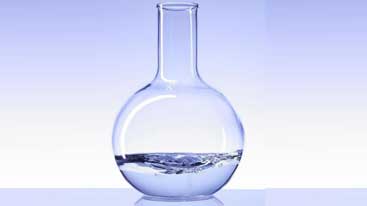 Exchangers play an important role in the glycol dehydration process and are often used for:
Exchangers play an important role in the glycol dehydration process and are often used for:
- Heat Transfer: During glycol regeneration, heat exchangers are used for the heating process. These exchangers provide the heat used to heat the glycol solution.
- Cooling: Cooling of the glycol solution results from the coolant (usually coolant) in contact with the gas. Exchangers can be used between the cooling water and the glycol solution to lower the temperature of the cooling water.
In this way, exchangers play a critical role in temperature control and heat transfer in the glycol dehydration process, ensuring efficient and effective operation of the system.
